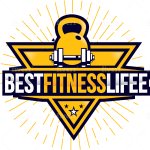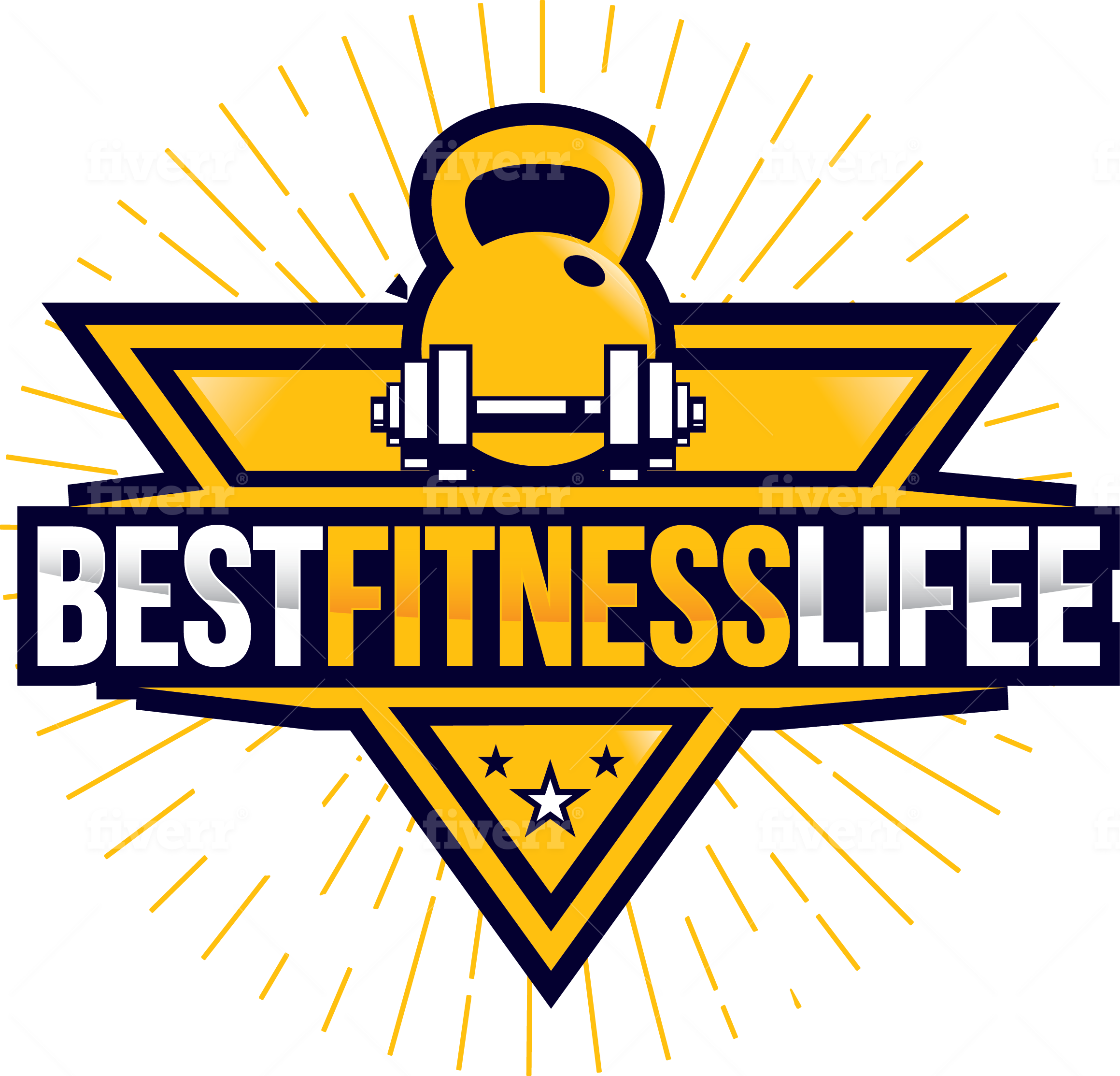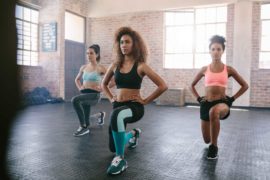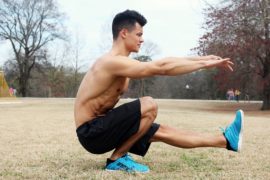Yoga is a word from the Sanskrit language, it means union.
To explain it in a simplified way, it is a set of practices and disciplines that promote the integration of body, mind, and spirit.
These disciplines have been inherited from us for millennia and have been passed down from generation to generation by yogis, sages and practitioners from all over the world.
Much of the practice of Yoga began in the East more than 7000 years ago. So, its terminology comes to us in a very old language, which is the Sanskrit language that means “the perfect language”.
In this guide, we are going to explain the very important concepts in a simple and pleasant way.
We will also include a large number of exercises so that you can start from scratch and enjoy the benefits of Yoga.
Benefits of Yoga

The practice of Yoga has been widely spread throughout the world, mostly due to the benefits that it has brought to enthusiasts, teachers, and practitioners. Both physically, mentally, and spiritually.
Physically Yoga helps to improve muscle flexibility, circulation and oxygen levels in the blood, as well as the functioning of important organs: heart, liver, lungs, etc.
Doing Yoga regularly reduces the chances of serious illnesses like heart attacks, osteoarthritis, kidney and prostate problems, as well as minor problems: gastritis, migraines, joint pain.
Mentally reduces stress levels, inducing more relaxation.
On a spiritual level, it promotes a feeling of general well-being and peace of mind.
All this is profitable in comprehensive health, greater longevity free of disease and happiness.
Yoga can be practiced regardless of race, sex, age or religion.
A daily practice of 20 minutes is enough to obtain a large part of the mentioned benefits.
Types of Yoga

There are many types of Yoga.
When we refer to some type of physical exercise, whether it is stretching, relaxation or breathing, this is known as Hatha Yoga.
The Yoga of action or Karma Yoga is when selfless service is rendered to our fellow men or our environment.
Bhakti Yoga is the Yoga of devotion that includes mantra chants, meditation practice or study of texts that elevate the spirit.
We also have Kundalini Yoga , Raja Yoga , Siddha Yoga , Astaunga Yoga , Rajadhiraj Yoga , Mantra Yoga , etc.
Within each type of yoga, there are infinite styles and sub-styles.
These styles have been developed over the years according to the focus of a particular teacher or school.
This course is based on a traditional form of Ashtanga Yoga or 8-step Yoga. This includes disciplines of mental focus ( Yama & niyama ), postures ( asanas ), breathing exercises ( pranayama ) and mantrams chants.
10 steps of Yoga for Mental Development

Yoga deals with the development of mind, body, and spirit.
The Yoga lessons for mental development are called Yama and Niyama Yoga. And each contains 5 fundamental principles.
The 5 principles of Yama Yoga are:
1- Ahimsa (non-violence). Keep the mind in an attitude of respect towards life and the environment. Always conduct yourself without the intention of doing harm, but on the contrary, promote the well-being of all things.
2- Satya (benevolent truthfulness). Stick to the truth in a conscious way.
3- Asteya (do not steal). Keep what is our own and belong to us. Refrain from taking what does not belong to us.
4- Aparigraha (keep consumption limits). As part of a balanced ecosystem have a balance of needs. Know how to discriminate between what is really needed and what is not.
5- Brahmacarya (supreme thought). Always remember the divine origin in all things.
The 5 principles of Niyama Yoga are:
1- Saoca (purity). A clean and healthy environment for the body and mind.
2- Santosa (rejoicing). Accept reality with thanks and joy.
3- Tapah (sacrifice). Willingly be willing to sacrifice some personal tastes and desires whenever it is for the benefit of society.
4- Svadyaya (study). Developing the spirit by studying topics of spiritual wisdom.
5- Ishvara Pranidhana (mental concentration). Meditate regularly.
Exercises for Body Integration

The most commonly known part of Yoga is the poses or body exercises, which are asanas.
They are tension exercises. Stretches, against tensions and relaxation that are done slowly.
There is a wide variety of these exercises, and they all provide great relief both physically and mentally.
You don’t need to know or perform all the poses or exercises at the same time.
The asanas should be performed at a leisurely pace on rug, quilt or blanket roll on the floor or a hard surface.
You can do a routine of between 2 to 3 yoga exercises daily depending on time and availability. Before doing the poses it is better to refresh your body and mind with a full bath or a half bath.
To make them wear comfortable and loose clothing that allows movement.
It is recommended not to do the poses immediately after eating. You have to wait about 3 hours after a meal to do the session.
The other branches of Yoga
In Yoga we not only have the asanas or body positions, but there are other branches that are very important.
Control of vital energy (prana) through breathing is known as Pranayama. As with asanas, there are many Pranayama techniques, but one does not need to follow all of them.
Pratyahara (sensory withdrawal) is another very important branch. This is about directing attention to the interior.
Deep concentration techniques at certain points increase mental effectiveness and are known by the name of Dharana.
Dhyana is meditation at all to free yourself from mental relativity and to be able to observe everything with an objective mind.
The constant practice of the different states of yoga leads us to samadhi, the full joy, where the Yogi (adept to Yoga) is freed from all ties of body, mind, and spirit.
Cobra or Snake Pose
The Cobra Posture revitalizes the spine and activates digestion. It helps women internally massaging the ovaries and uterus. Regulates breathing. Reduces back pain and cramps because the body adopts the position of a cobra or snake.
In the face-down position. Put your legs in parallel and slightly sink your stomach. By bending your elbows place your hands at chest level and inhaling, lift your head, neck, chest and back off the floor. Then leave your stomach flat on the floor. Exhaling lower the body. Repeat 4-6 times.
Long Salute Posture
This pose strengthens the abdominal muscles and revitalizes the pancreas, allowing a balance between mind and body. It improves blood circulation and helps in case of constipation problems. It is one of the essential postures for women.
Sit on your heels with your toes stretched inward. If this is not possible, keep your toes straight behind your body. Take a breath, stretch your spine up, and raise your arms, bringing your palms together above your head. Lower your body as you exhale, trying to reach the floor. Hold for a couple of seconds while pausing your breathing and breathing in to lift your body again. Repeat 4-6 times.
Complete Torsion
The full twist is a beneficial pose for the whole body, especially to relieve pain in the lower back and arthritis. You can use an alternative treatment in case of diabetes. It gives a feeling of peace and calm of mind.
Cross the right leg over the left accommodating the big toe of the right foot at the level of the left knee.
Bend your left foot and stack your left heel to your right buttock. Breathe in and tense your dorsal and pectoral muscles by pressing your spine up.
Release the air and pause the breath, and turning the hips, cross the left arm,
bringing the armpit to the side of the right knee.
Now, lean the torso slightly forward. Rotate chest, back and neck, directing your gaze towards the right shoulder.
Breathe in by bloating and releasing the stomach, and hold the pose for about 30 seconds. Repeat on the other side. Complete three rounds.
Pose for the whole body
This pose activates all the glands. Removes physical weakness, migraines, headaches, etc. Also, it is helpful for weight loss. It is very good for women in cases of displacement of the uterus. Also in cases of constipation and basal problems.
Lie on your back and relax your body. Taking inspiration, tense the entire chest area by leaning on the dorsal muscles.
Hold your breath for a few seconds as you bend your legs and lift them up. Bring your legs to parallel with your heels together.
Exhale. Support your torso with your hands at the level of your lower back by stretching your hips upward.
Keep your eyes on the space between your big toes as you breathe freely. Hold for 30 seconds to 2 minutes. Repeat 3 times. This exercise should be avoided in case of high blood pressure or cardiovascular problems.
The Lotus Fish
The Lotus Fish acts on the thyroid and parathyroid glands by stretching the neck. It takes the pressure off, making it an ideal counterpose that can be combined with Sarvangasana (full body pose).
On your quilt or mat, lie on your back. Bend your legs in the lotus position (padmasana). If you still can’t perform padmasana, the full lotus, just do the cross-legged pose. Grasp your big toes with your hands.
Take a deep breath and lift your chest by placing the crown against the floor. Look behind your body and keep your eyes open. Breathe in and hold the pose for 30 seconds. Repeat 3 times.
Triangle Posture
This pose strengthens the legs and hips. Tones the muscles of the back. It improves balance.
Stretch your legs beyond shoulder width. Rotate the heel of the right foot outward.
Tighten the femoral muscles upward with light stomach pressure. Exhale and slide your right hand to the floor next to your body.
If you can’t grab your pimples or put it on your foot. Rotate your hips back and stretch your torso. Hold for 30 seconds to 1 minute. Repeat on the other side.
Complete Relaxation Posture
Shavasana serves in cases of high blood pressure, cardiovascular diseases. It helps diaphragmatic breathing.
On a mat, quilt, or blanket, lie on the floor in a face-up position. Gently relax the entire body from the balls of the feet to the head.
Try to stay alert even if you keep your body completely relaxed. Hold the pose for 2 to 10 minutes.
It is recommended to perform this pose at the end of the practice to rest and recharge the body of energy, it is also recommended to give a self-massage before ending this pose.
Mantra Meditation
Meditation is an indispensable part of Yoga.
Traditional Yoga techniques use a mantra (special sound). The word mantra means: that which releases and expands the mind.
There are many mantrams. In this guide, we are going to use one that is made up of 3 words in the Sanskrit language.
BABA NAM KOVALAM
BABA means “Father” or “What is most dear to me”.
NAM means “Name”, “Vibration”.
KOVALAM means “Everything”.
This mantra can be chanted or repeated several times.
The mantra can be chanted or chanted or used for meditation.







